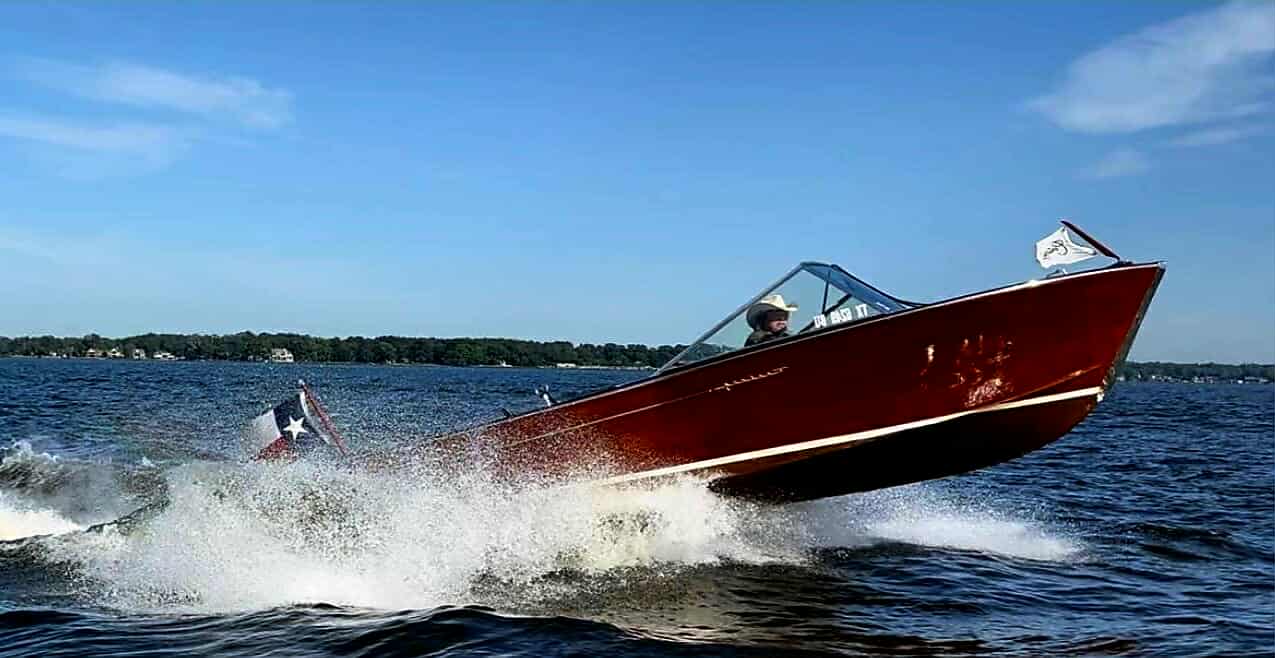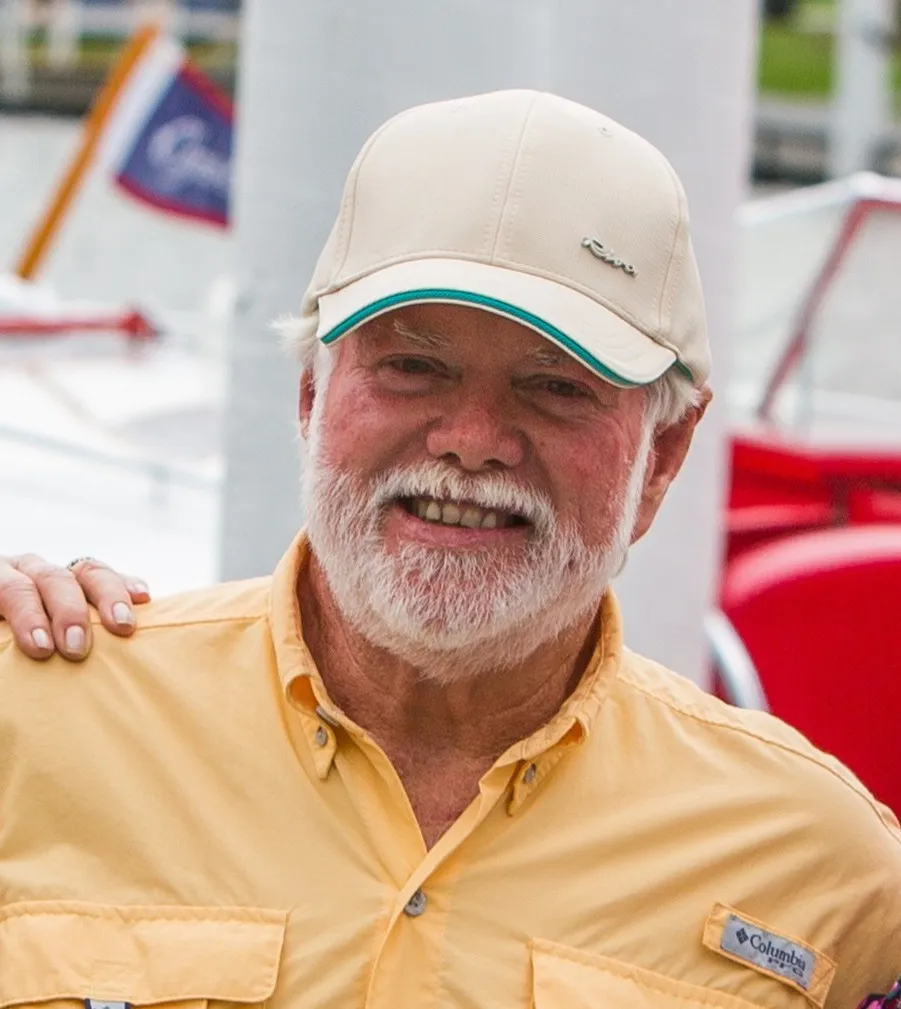

When people admire a boat, they often focus on its shining decks, gleaming paint, and powerful engines. But the real story lies beneath the waterline — in the shape of the hull.
In the early days of boating, hulls were designed with one main goal: push through the water. These were called displacement hulls — deep, rounded shapes that moved smoothly but slowly, pushing aside water as they advanced. This design worked perfectly when boats relied on oars, sails, or small engines.
Displacement hulls were stable, steady, and ideal for transporting goods or leisurely cruising. But as speeds increased, so did the need for change.
By the mid-20th century, powerful gasoline engines became more common, and with them came a new idea: Why push through the water when you could ride on top of it?
This innovation gave rise to the planing hull. Instead of slicing through waves, a planing boat builds enough speed to lift itself partly out of the water, dramatically reducing drag and increasing speed and efficiency. The boat “planes” over the surface, gliding instead of plowing.
Planing hulls are generally flatter at the bottom and designed to transition from displacement mode at low speeds to planing mode at higher speeds.
The invention of fiberglass construction in the 1950s added even more freedom to hull design. Builders could mold complex shapes easily, blending curves and angles to optimize speed, stability, and performance.
Fiberglass hulls made boats lighter, faster, and more affordable, which helped boating explode in popularity across the United States. Suddenly, anyone could own a fast, nimble boat capable of thrilling rides across new artificial lakes, rivers, and coastal waters.
Today, boats are engineered with highly specialized hulls:
Each new design reflects the same basic principle: less resistance, more freedom.
We don’t always see it, but the hull is the heart of a boat’s performance. From the earliest wooden displacement craft to today’s lightweight fiberglass planing rockets, hull design has been central to how — and where — we experience life on the water.
The next time you watch a boat skim across a sunlit lake or crash through ocean spray, remember: it’s not just the engine that powers that magic.
It’s the shape beneath the surface — centuries of innovation, hidden from view, carrying us forward.
